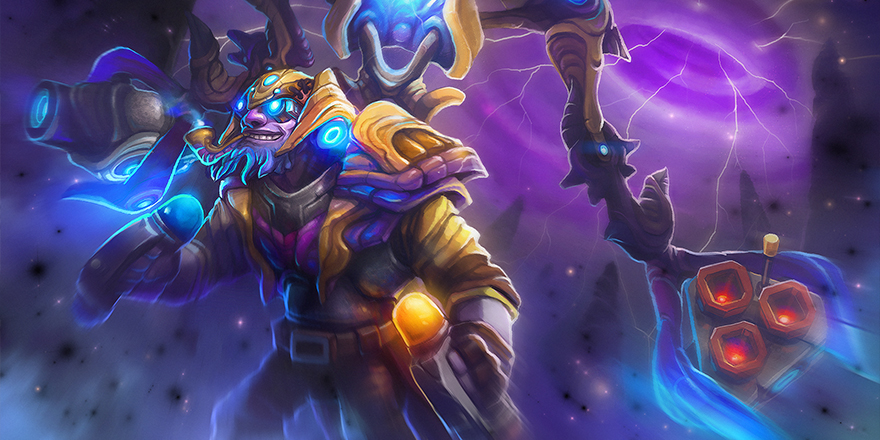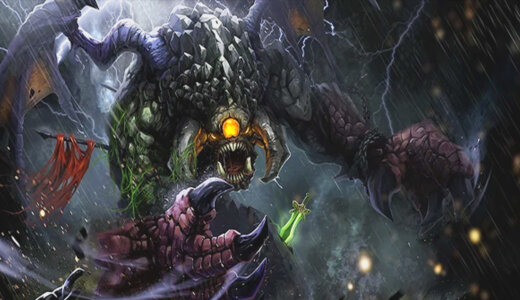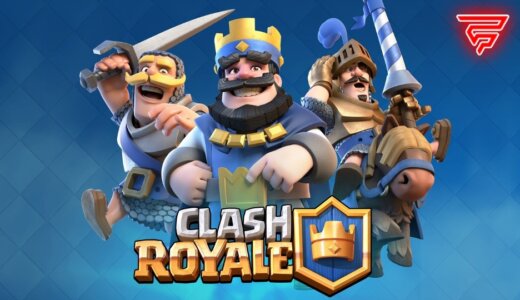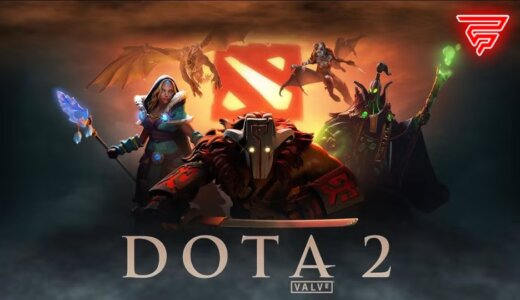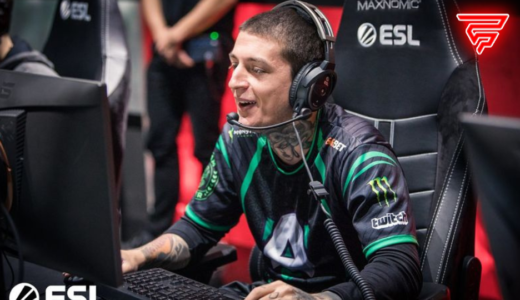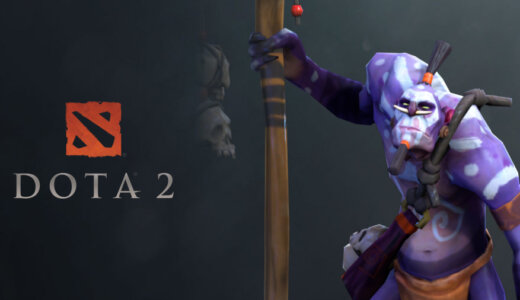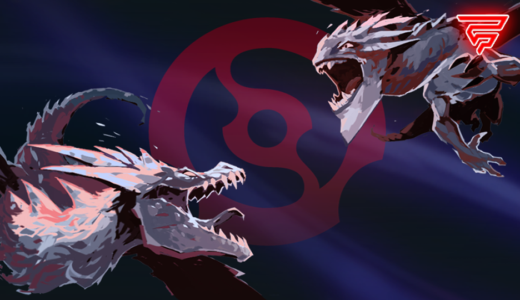Tinker is one of the most unique heroes not only in DOTA 2 but across the whole battle arena game genre. The hero is designed with the ability to ignore cooldowns, one of the game’s core mechanics. This might sound broken on paper but he actually has a modest win rate professionally as well as in pubs.
In this article, we will discuss what makes Tinker one of the hardest heroes to learn both theoretically and mechanically, and how his recent rework is actually a buff.
Rearm – Tinker’s scientific method to winning

Rearm (via Dota 2 Fandom)
The concept of the hero is built around his ultimate, Rearm, which allows him to reset the cooldown of all his skills and most of the items in the game. The skill is only offset by a short channeling duration and high mana cost. This means that if Tinker gets his core items, he can be ready to fight anytime.
That is also why a big chunk of Tinker’s playstyle relies on Boots of Travel (BoT) which gives him global presence as well (This is now obsolete because of the 7.30 rework— more on that later). The item allowed him to teleport to any allied creep or building, kill enemies or farm creeps, rearm its cooldown, and then return to the fountain to regenerate HP and mana. Rinse and repeat.
And while a typical mid hero creates space for their team, Tinker can focus on becoming a spellcasting carry— choosing instead to farm gold and experience for himself in order to dominate the late game. With enough resources, he can contribute a lot of burst damage, base/objective defense, and global lane push— a kit no other hero in the game reliably offers.
If Tinker gets an early lead, he can snowball into a 100% uptime global laser death machine with an arsenal of item add-ons like Dagon, Shiva’s Guard, Scythe of Vyse, and Aghanim’s Scepter.
Tinker’s Upgraded Hardware in 7.30
Flash Farming
Tinker can literally flash farm in 7.30 (get it? because Laser is light?). His modified Laser replaces March of the Machines as his main farming skill. It now nukes enemies for 320 pure damage in a small AoE, which means that he can clear a creep wave faster and earlier than March (which was turned into an Agh’s Shard upgrade). It also gives him a forgotten advantage, the ability to efficiently clear ancients again.
Earlier global presence & map pressure
IceFrog was bored of Tinker’s one-dimensional BoT build so he gave him a built-in alternative. Tinker’s Keen Conveyance is a sub-ability of his ultimate that functions essentially the same as BoT. This meant that Tinker didn’t have to relegate 2450 of his early net worth into the item every game. The downside is that a silence will now cancel his teleport channel.
High Burst Damage
Three of Tinker’s skills are all magic damage nukes. Laser is an AoE pure damage spell, Heat-seeking Missiles is a long-range homing nuke, and March of the Machines (Aghs’ Shard) is a lingering DPS ground targeted spell. Apart from those, Tinker can buy many items like Aghanim’s Scepter or Ethereal Blade to augment his burst potential even more.
More Disable Options
Tinker is one of the heroes that can reliably lockdown a hero indefinitely with the right items. With a large enough mana pool and high mana regen, Tinker can Rearm items like Scythe of Vyse or Eul’s Scepter to chain disable an enemy. The rework frees up more item slots and combinations to fit a variety of team compositions.
Newfound versatility due to 7.30 Rework

7.30 Tinker: Laser now an AoE nuke, March and Defense Matrix’ slots swapped, and Keen Conveyance teleportation (via Dota 2 Fandom)
In theory, Tinker should be a broken hero concept. But he has the tendency to get focused by the enemy— one disable and he dies, especially in the early game when he has zero survivability items. He also needs a deep mana pool to repeatedly cast items and spells. That’s why the old Tinker usually went a cookie-cutter build of Bottle, Soul Ring, BoT, and Blink to compensate.
That is why he doesn’t have an absurd win rate: his early game is weak, he can only adapt with three item choices, and he needs to have a gold advantage to be effective. In 7.30 though, the built-in teleportation and the Laser rework opened many new possibilities for the hero.
Tinker’s Item Builds
Getting 6-slotted on a Tinker is a factor that no team should ignore. Tinker has 208 items to choose from. He can freely adjust according to the needs of the game. Disable heavy lineup? BKB, Glimmer, or Eul’s. Physical cores on the enemy team? Ethereal blade. Need more damage? Dagon.
There are too many combinations of heroes and items to list completely, but here are some of the mainframe item builds that pros have been trying since the rework.
Tried and true, Dagon E-blade Combo

Old damage-focused build, augmented with Aghs
Tanky Frontline Mechabot

For those who are tired of playing in the backline. Outputs high damage from to Blink and Shiva.
Instagib Laser Build

Kaya-based items provide mana for the hex-Dagon combo
Mana Battery Support Tinker

The core of this build is Greaves and Defense Matrix— other items are suggestions that prove his newfound versatility
Tips on mastering Tinker mechanics
By now you should know that Tinker is a non-linear hero. While there are items that are pretty much core on all of his games, you can still adjust three or four item choices due to the 7.30 changes. Having many options means more outcomes to consider as well. DOTA is a game of maximizing advantages— you want to make sure that your items and skills fit into the team as well as the enemy.
Tinker is a highly stressful hero that requires a lot of item and skill micromanagement, and a deep understanding of DOTA concepts and map movements. Like Invoker, it takes time to learn how to press all of Tinker’s buttons; but the counterpart to that is knowing when and where your hero should be when you are pushing those buttons.
As a Tinker (or any other core) you should be constantly asking these questions to play DOTA efficiently:
- Where should I farm?
- When should I join fights?
- Which enemy heroes can kill me?
- What items do I need next to kill the enemy/survive?
Conclusion
With the new playstyles, Tinker could be viable both as a core and as a support. With the International drawing near, the race is on to find the most broken item and skill builds. Watch out for this hero in TI, he might be the cheese pick that decides who gets to lift the Aegis this year.
